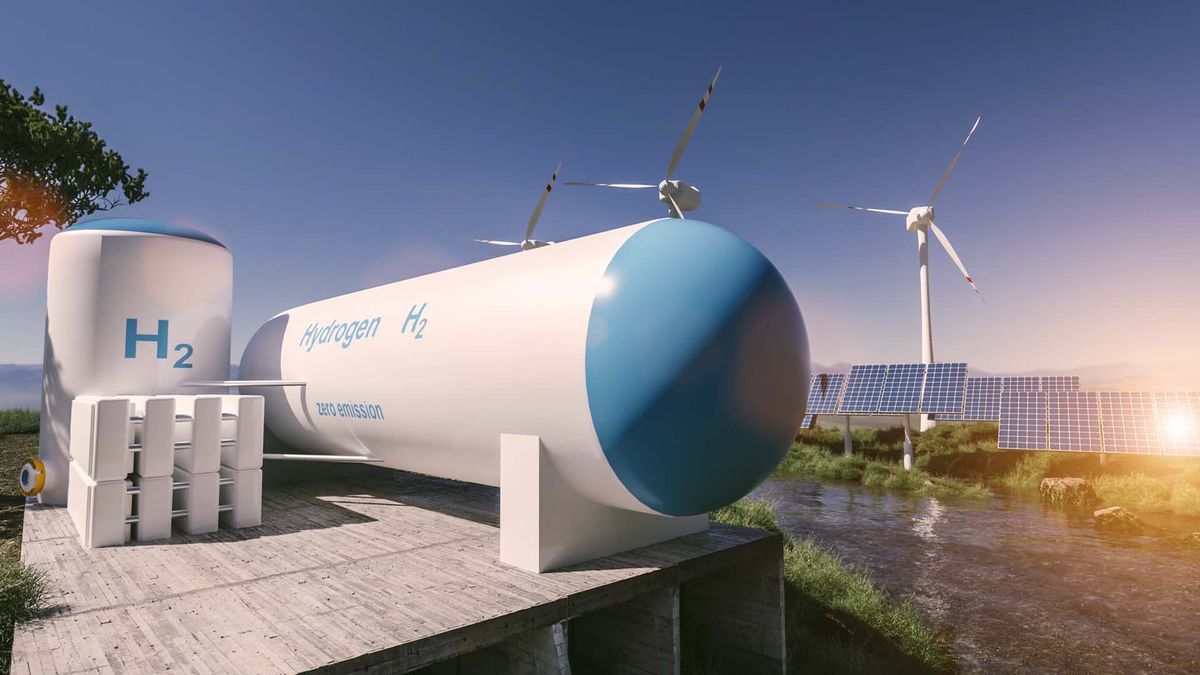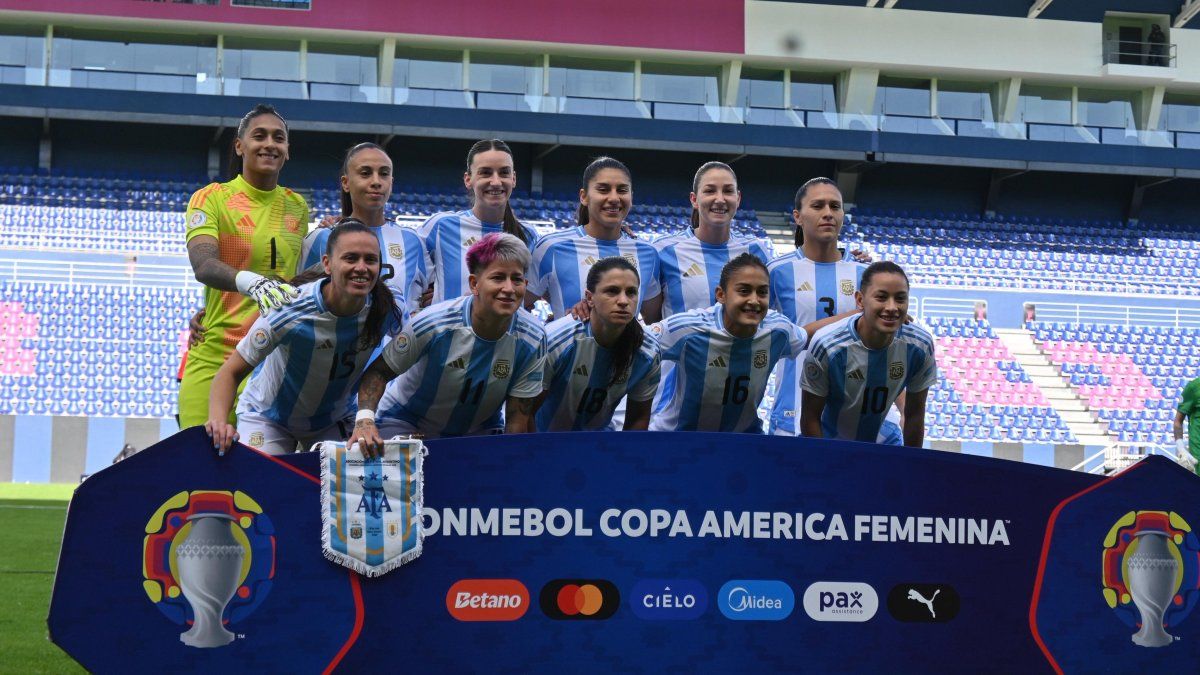He green hydrogen means great opportunities for the Uruguay in the future taking into account the decrease of non-renewable energy sources throughout the world. However, it also has several challenges ahead, such as the need for a social and political consensus for the project to prosper, to be an example for other countries that are on the same path and the care of water consumption, one of the hottest topics today.
According to the green hydrogen roadmap, carried out between Ministry of Environment and Ministry of Industry, Energy and Mining (MIEM), by 2040 this industry would generate a turnover of 2,100 million dollars. To achieve that goal, an investment of 6,000 million of dollars in the country where several Nordic, German and Spanish companies have already expressed their intentions.
A process well done and without extractivism
However, along with progress come challenges that Uruguay will have to face in this promising new industry. Thus, scope.com spoke with the doctor Ramon Mendez Galain, former National Director of Energy and in charge of the decarbonization of the energy matrix in Uruguay.
According to Galain, the most important challenge that Uruguay has regarding green hydrogen has to do with do it right and as fast as possible, like all technological, industrial and productive development. “Green hydrogen is something innovative where we don’t have many parameters to copy or learn since it is under development. And at the same time, if we want to get there and be able to compete, we have to go fast. Therefore, we cannot wait for experiences to develop in other places, ”he explained.
In this sense, he remarked that he is not worried about starting from scratch since it is something that Uruguay has done in the past with the decarbonization of the energy matrix without having any model to follow. “When the energy transition was made, there was no country that had almost 100% renewable energy or that had, at the same time, 40% wind energy, as we have today,” Galain explained. “Having to innovate and having to do something that doesn’t exist in the world doesn’t worry me, because we already did it,” he added.
Another of the challenges that the country will have to face, according to Galain, has to do with Uruguay knowing how to take advantage of economic opportunities by add value and that the industry does not become an extractivist business of the great world powers. “That it not simply become an opportunity where some investors from foreign countries take away the wind and the bottled sun in the form of hydrogen without leaving any added value”, he said.
To this, he added the importance of the country itself being able to take advantage of not only economic opportunities but also knowledge. “That it is not just another extractivism without adding value and knowledge, but taking advantage of it to add value in Uruguay itself and helping to transform and diversify the economy, I believe that this is the most important challenge”, remarked Galain.
Green Hydrogen Uruguay.jpg
Uruguay seeks to consolidate itself as an exporter of green hydrogen by 2050.
Photo: Shutterstock
The role of the State and the importance of a consensus
According to Galain, the government’s road map has a difficulty and it is related to the importance that, beyond the government’s intentions, there is a social and political consensus. “You have to generate a level of collective construction and that transcends the authorities on duty. This is essential in a project that is intended to be long-term and that will require actions from various governments over time,” he explained.
On the other hand, Galain highlighted the importance of governance, of what leadership is like, of what stakeholder participation is like and what needs to be done to make things actually happen. “That is what worries me the most because it is what is not being seen, there is a very technical roadmap, very tentativebut he trusted that it will be able to be generated,” he said.
Water, a hot topic
The lack of potable water is one of the topics that has the government and the population in general most concerned about. Caused by an atrocious drought, the lack of drinking water calls into question how much is needed from this source for the production of green hydrogen And how much would it pollute?
With this, Galain stressed the importance of having within the planning the climate change and the climatic variability that is found in the Río de La Plata, particularly in a good part of Uruguayan territory, and that has to be an intrinsic part of public policies. However, the doctor assures that water for hydrogen plays a different game.
First, it clarified that drinking water is not used and therefore does not compete with water for human consumption. And, secondly, from the point of view of quantity, it is much less than if it is compared with other productive activities that the country already has.
For example, a rice crop consumes 20 times more water of what would be consumed in the entire green hydrogen industry if the parameters of the roadmap are met. This would mean adding 5% more water consumption compared to what a rice crop already consumes. We are not talking about large amounts, but It does not mean that they do not have to be handled and treated properly. You have to see where that water is obtained from”, Galain stressed.
Source: Ambito




